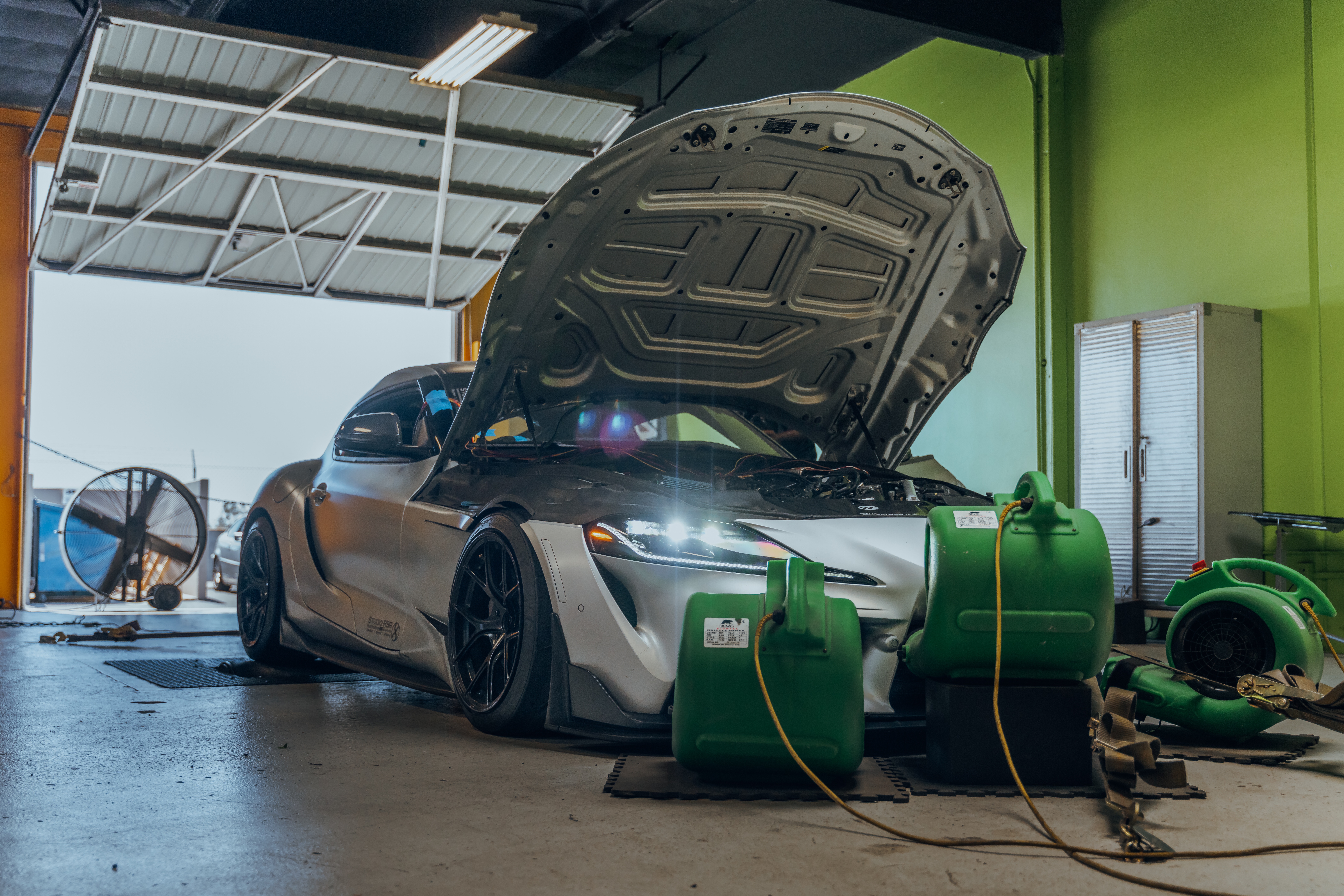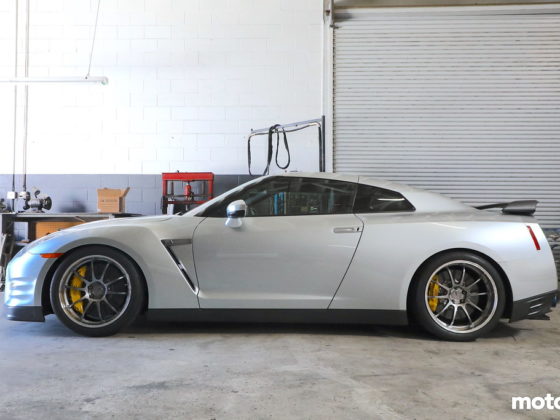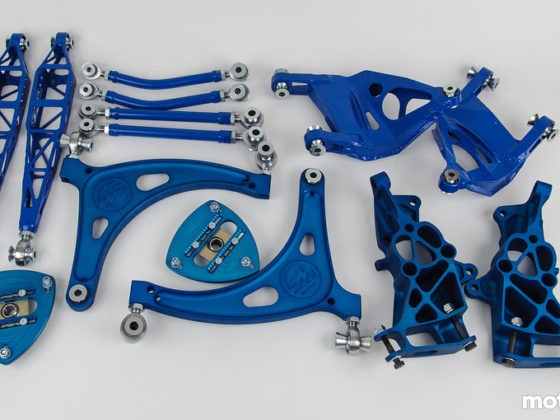
The stock intake manifold was reasonably effective at pulling the heat out of the intake charge like all water to air units are. The inlet temperatures stabilized at just under 280 degrees F, while the outlet temperatures post intercooler was in the low 130’s.

Interestingly enough, the CSF/VF manifold had much lower inlet temperatures, right about 230 degrees or 30 degrees cooler than the stock manifold while the outlet temperatures were about 6 degrees cooler, under 125 degrees. There is a lot more to the data that first meets the eye. The lower inlet temperatures are an indicator that the restriction to airflow across the core is much lower. This is to be expected of the larger frontal area of the core. With less intake restriction, the compressor of the engine’s turbo is running much farther away from the surge line in a more efficient area of the compressor map. With greater efficiency, the turbo is heating the intake air a lot less. Since the compressor is working much more efficiently, the turbine doesn’t need to recover as much power from the exhaust stream to produce the same boost and thus there is less backpressure. This in turn increases the engine’s total volumetric efficiency. This is a synergistic cascade that will increase power and reduce strain on the engine and its components which has a much more profound impact than just lower intercooler outlet temperatures.

The water temp with the stock intake manifold ranged from the low 140-degree range at the intercooler outlet to the 115-degree range at the intercooler inlet.

The CSF/VF intake manifold had a more consistent water temperature and a smaller range of temperatures because the core was pulling more heat out of the intake charge and the inlet temperature was much lower due to the improved turbo compressor efficiency.

Most importantly let’s look at the difference in power output. We had a lot of dyno data from all of the thermal saturation test runs we did. A thing to note is the CSF/VF manifold had pretty consistent power without a lot of fade due to heat saturation compared to the stock manifold which would fade considerably over many pulls. For our typical example of power increase, as shown here, we picked runs for both manifolds that were something like the 12th and 14th consecutive pulls, this is when the intake charge temperatures had stabilized. We didn’t cherry-pick the runs to make the CSF/VF manifold look better, just runs that were heat stabilized and middle of the pack. The manifold typically made around 26 hp and 10 lb/ft of torque more than stock.




11 comments
nice promo “quick, pretend you’re doing something” as the first pic
We have been getting updates on a weekly basis that the manifold will be officially released today and shipping will take place on the next day.
However for some reason the shipping has been pished till the end of July… well they said that they are still testing it!??!
Testing?! As per this artical and all the people involved in this project testing was done and products are ready for shipping!
Can we please get an honest update on why there is a delay and when can we expect to get this manifold…
I would say call CSF and ask them when it will be avalible.
CSF released some manifolds for sale today via there social media,
Great piece of engineering. I wonder how long before 3D printable plastic versions will completely negate the need for something like billet aluminum CNC parts though. Exciting times.
The Dundon manifold we tested with great success on our Project Cayman is 3D printed.
nice! another reason for me to get a A90/A91 Supra. another example of this new chassis demostrating its potential.
yes, sir 300 shot of NOS will make my dick hard
yes, sir 300 shot of NOS will make my dick hard
REPLY